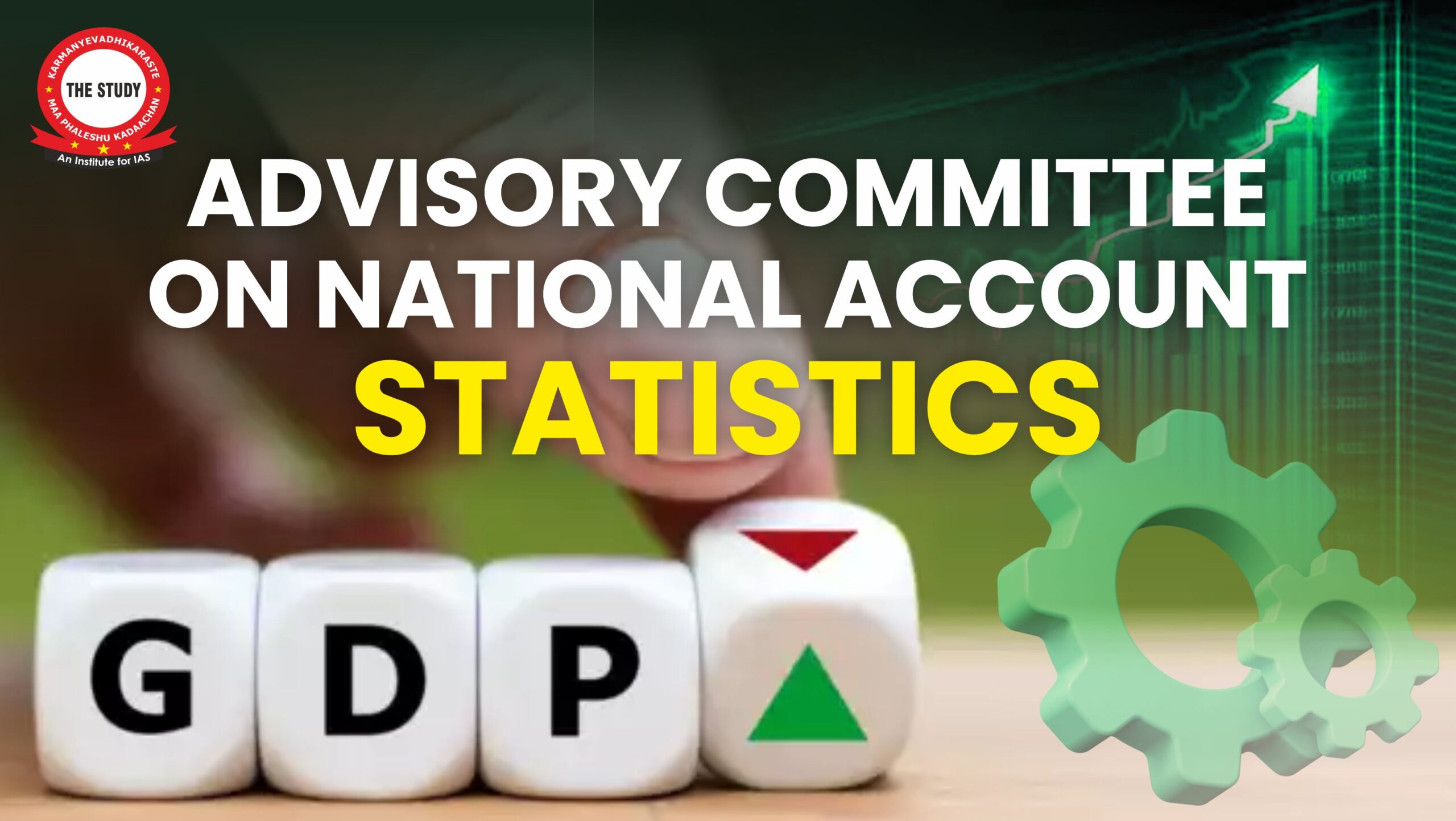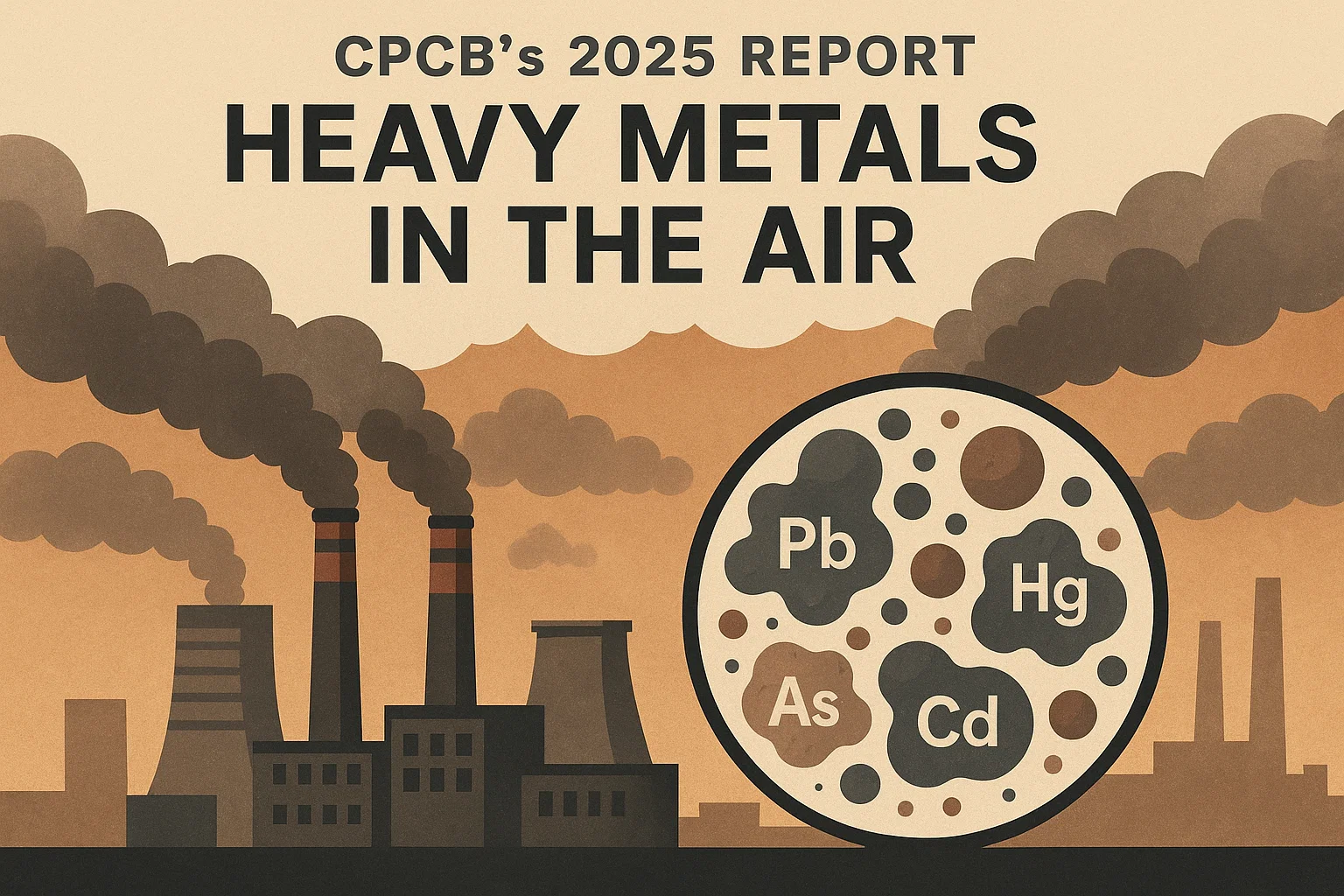Font size:
Print
Advisory Committee on National Account Statistics
Context:
The Union government recently reconstituted the Advisory Committee on National Accounts Statistics chaired by Bishwabnath Goldar.
About the National Account Statistics:
- National Account Statistics (NAS) of India is a comprehensive statistical record that provides detailed information on the country’s economic activities, such as GDP and GVA. These statistics are compiled and published by the Ministry of Statistics and Programme Implementation (MoSPI) through the National Statistical Office (NSO).
Terms of Reference of the Advisory Committee:
- Tasked to review the existing databases and advise on the inclusion of new data sources for improving the estimates of national accounts.
- The panel will also advise on the base year for the national account and its alignment with related products such as WPI,CPI, and IIP.
Evolution of National Income Accounting:
|
Changes made by India to its GDP calculation methodology in 2014-15 vis a vis 2004-05 in line with SNA:
Base Year Change:
- Pre-2015: The base year was 2004-05.
- Post-2015: Updated to 2011-12 to better align with global practices and capture more accurate economic data.
Manufacturing Sector Data:
- Pre-2015: Relied on the Index of Industrial Production (IIP) and the Annual Survey of Industries (ASI), which covered over two lakh factories.
- Post-2015: For a more detailed representation, we used annual accounts from firms filed with the Ministry of Corporate Affairs (MCA 21), covering around five lakh companies.
GDP Calculation Method:
- Pre-2015: Calculated GDP at factor cost.
- Post-2015: Adopted GDP at market price and Gross Value Added (GVA) at basic price, including production costs, subsidies, and taxes.

Labour Income Calculation:
- Pre-2015: Treated all labour inputs equally.
- Post-2015: Introduced “effective labour input” with different weights for owners, hired professionals, and helpers for a nuanced assessment.
Agricultural Value Addition:
- Pre-2015: Limited to farm produce.
- Post-2015: Expanded to include livestock data.
Financial Sector Income:
- Pre-2015: Included few mutual funds and RBI estimates for Non-Government Non-Banking Finance Companies.
- Post-2015: Broadened to include stockbrokers, stock exchanges, asset management companies, mutual funds, pension funds, and regulatory bodies like SEBI, PFRDA, and IRDA.
Challenges for the Committee:
- In the federal political framework, the Indian Statistical System is decentralised in character so that NAS necessarily have to depend on a large number of autonomous source agencies.
- The Census, originally scheduled for 2021, has been postponed. Without the latest Census data, the accuracy and reliability of survey results may be compromised.
- Adopting and implementing United Nations standards present significant challenges.
- The increasing digitisation and globalisation of the economy would necessitate developing new methodologies to accurately capture economic activities.
Informal sector:
The present system does not accurately reflect the informal sector’s position and tends to overstate economic growth. Thus, incorporating informal sector data is a complex challenge for accurate measurement and analysis.




